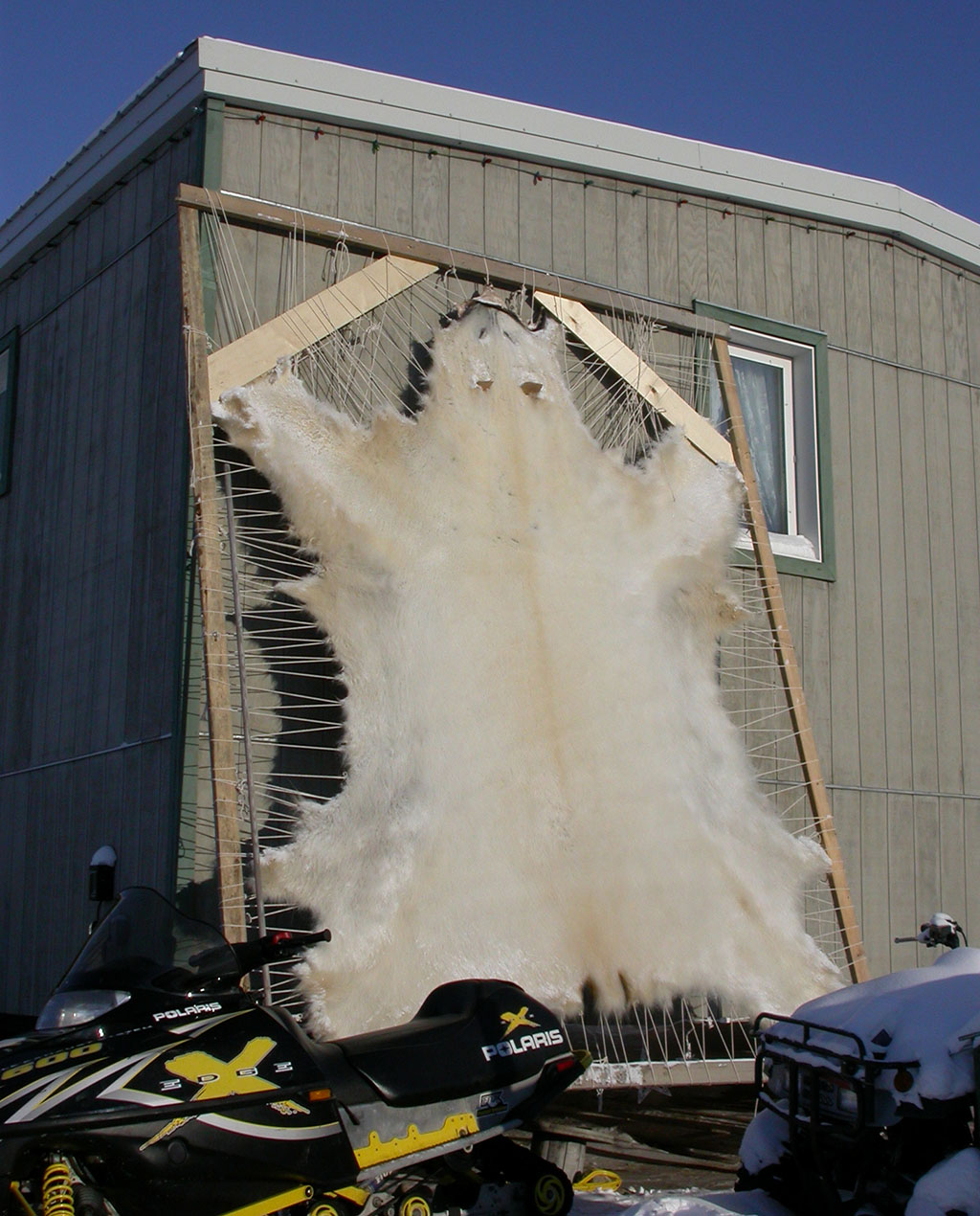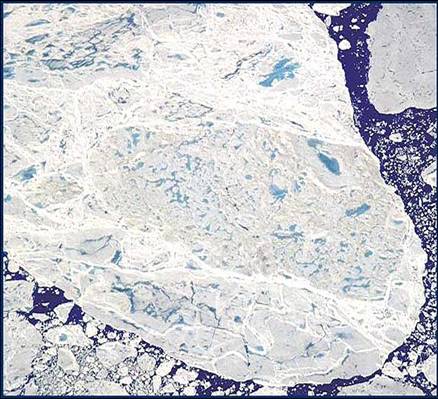

Time Frame
The years of interest for this study were 1979-2000.
This time frame was selected for two reasons: satellite images of sea ice became available 1979 and the polar bear harvest data after 2000 did not include age information.
Within each year only eight months of data was used as sea ice is present for only part of the year in Foxe Basin; the months used were October, November, December, January, February, March, April and May. There is sea ice in June but this data was unavailable.
Hunter Harvest Data
The Canadian Wildlife Service manages the national polar bear database. This database includes information on all polar bears in Canada that are hunted, defence kills and handled for research or public safety reasons. This time frame of this database is from 1950-2005.
The database includes a large variety of information but for this project I used only the following variables: date (year, month, day), location (longitude, latitude), sex (male, female, unknown), age class (adult, subadult, 2 year old, 1 year old, and cub-of-year), hunter name and hunter home community.
I obtained permission to use the Foxe Basin data from the Nunavut Department of Environment, the agency responsible for polar bear harvest management in Nunavut Territory. Wendy Calvert of the Canadian Wildlife Service kindly extracted the Foxe Basin.
Sea Ice Data
The sea ice information was collected by satellite using microwave sensors. Microwave data is collected day and night throughout the year. The factor measured is the difference in microwave emissions (radiative) by ice and by liquid water. Using standard algorithms the radiative data are converted to sea ice concentrations or the percent area coverage of ice. The minimum sea ice concentration that is recognizable is 15%. The sea ice information was collected by two different satellites: the Defence Meteorological Satellite Program (1978-1987) and the NASA Nimbus 7 Scanning Microwave Radiometer (1987 – 2004).
Hudson Bay and Foxe Basin sea ice melts completely each year so there was no multiyear ice information to take into account.
Processed and geo-referenced sea ice extent and condition information was generously provided by Claire L. Parkinson, NASA Goddard Space Flight Centre.
Climate Data
Canadian Climate Normal Data Sets are available for the Foxe Basin and northwestern Hudson Bay region. The variables used were: mean maximum temperature, mean minimum temperature and mean precipitation.
Andreas Hamann, Department of Renewable Resources, University of Alberta kindly provided this data.